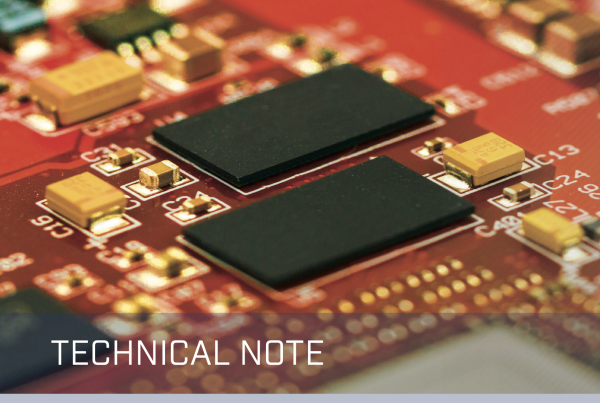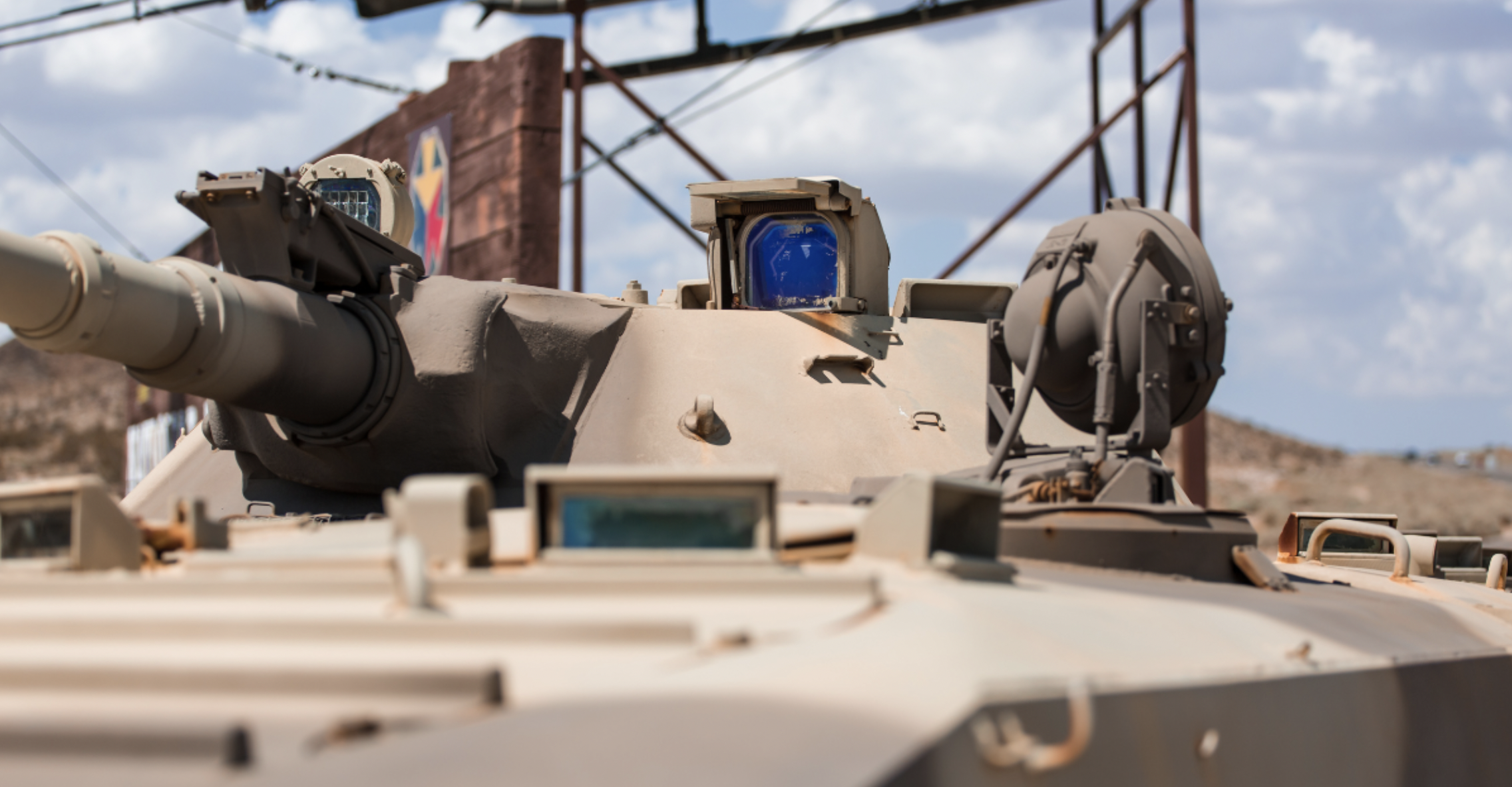
Helping QinetiQ develop next-gen military camouflage and stealth technology
QinetiQ is a British multinational defence technology company and a world-leading provider of unmanned air, land and surface targets for live-fire training and weapons system test and evaluation.
The relationship between QinetiQ and Teledyne FLIR goes back over 10 years, and they have worked together on a wide range of projects.
QinetiQ recently updated its Teledyne FLIR cameras and lenses to continue its work helping the military with research into defeating thermal imaging; a catch-all term for the various different methods that the armed forces use to conceal their vehicles from enemy thermal cameras.
Optimising vehicle camouflage with thermal imaging
The work that QinetiQ does to defeat thermal imaging looks at various different thermal stealth materials to change the appearance of vehicles. For example, if it has a tank it can use infrared stealth techniques to make it look like a small car when viewed through a thermal imager to trick the enemy.
It’s similar to how a stealth bomber is built with various different angles on it. Those angles act as stealth for radar technology, with radar bouncing off it so it can’t be detected.
Recent work that QinetiQ has done uses the same principle, but for thermal. Any armoured vehicle, helicopter, or plane, emits energy and that energy has thermal spectral signature.
An enemy can therefore look at that signature through thermal imaging and identify what it is, even from great distances. Infrared stealth is all about using various techniques to disguise those vehicles so enemies don’t think they are looking at a threat.
Testing FLIR technology in the field
To test its thermal imaging equipment, Teledyne FLIR conducted a recent field demonstration with QinetiQ. While demonstrations can typically take place in a lab or office, in this instance QinetiQ asked Teledyne FLIR and its partner Thermal Vision Research (TVR) to show the cameras working in the field.
Teledyne FLIR and TVR set up a tent with power supplies and ruggedized computers and a full suite of infrared cameras, tripods and desktop acquisition systems. QinetiQ set up a target located in the trees, which was a series of calibrated numbering and shapes on a target board on the back of a vehicle.
The demo allowed QinetiQ to set up at different target distances. Teledyne FLIR could then demonstrate how the cameras can zoom in and resolve the target information precisely. Having the cameras outside allowed the team at Teledyne FLIR to show how easy it was to set up and integrate, using the new FLIR Research Studio software.
Teledyne FLIR is vertically integrated, meaning it develops almost all components of its sensors in house. This makes its technology highly customizable, something of huge importance to customers like QinetiQ that need to test camouflage and stealth techniques against a whole range of sensor technology, to replicate the capabilities enemies may have access to.
Consistent, defendable data
For QinetiQ, Teledyne FLIR technology can consistently and reliably meet its requirements. QinetiQ needs to rely on the cameras and the datasets they’re getting. It’s extremely important they’re generating advanced stealth materials that are going to save lives, so they need defendable data that they can rely on.
Dr Eoin O’Keefe, Senior Technical Consultant at QinetiQ, said: “I’ve always chosen to use FLIR products because I trust its ability to be linear in the region where we’ve got to make accurate measurements.
“They have very high frame rates, which we occasionally need. Normally the engineering is pretty good. In fact, I would say that the new bits of equipment that we’ve just received, the engineering is significantly better than the previous two generations of thermal imaging equipment we’ve had.
“We also have to get scientifically accurate measurements and good image quality for analysis, and we share that imagery with our customers who use it as a source of teaching aids to inform the end users, the armed forces themselves.”
Click here to download the article
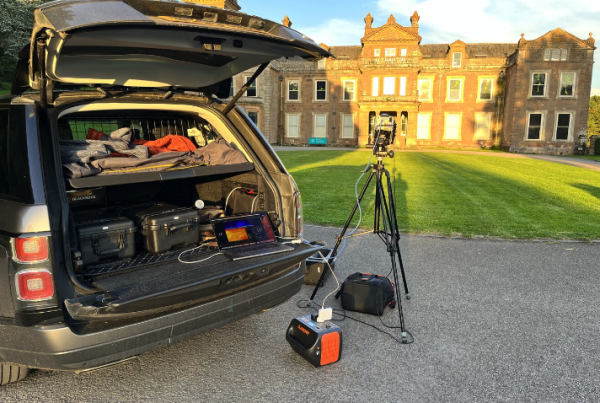 @ Evenings onsite filming bats I am raw html block.Click edit button to change this html Click here to download the article
@ Evenings onsite filming bats I am raw html block.Click edit button to change this html Click here to download the article
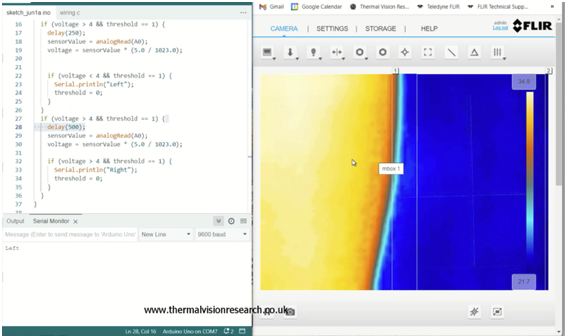 How to virtually increase the number of digital outputs on a FLIR AX8 thermal camera Application A customer using an AX8 wanted to trigger on the digital output if either...
How to virtually increase the number of digital outputs on a FLIR AX8 thermal camera Application A customer using an AX8 wanted to trigger on the digital output if either...
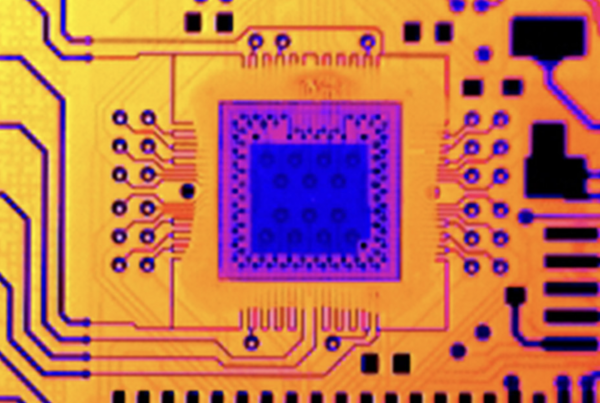 Contact vs. Non-Contact Testing As electronic circuit boards and components get smaller and more powerful, inherent heat can cause significant damage. Infrared thermography can identify hot spots, allowing for improved...
Contact vs. Non-Contact Testing As electronic circuit boards and components get smaller and more powerful, inherent heat can cause significant damage. Infrared thermography can identify hot spots, allowing for improved...
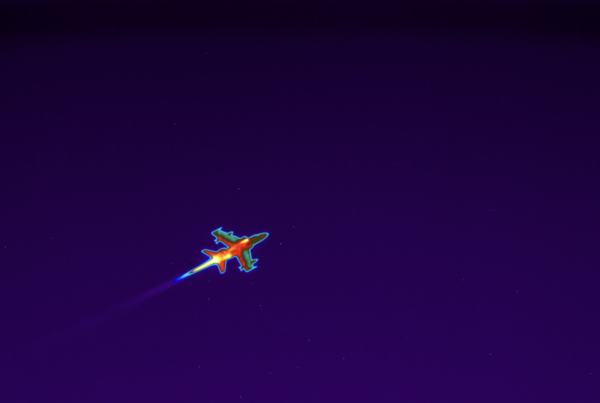 The FLIR RS8500 high-speed camera has been selected for integration into the NEOS optical tracking system from Nurjana Technologies. Thanks to the camera’s superior resolution and measurement accuracy, the Italian...
The FLIR RS8500 high-speed camera has been selected for integration into the NEOS optical tracking system from Nurjana Technologies. Thanks to the camera’s superior resolution and measurement accuracy, the Italian...
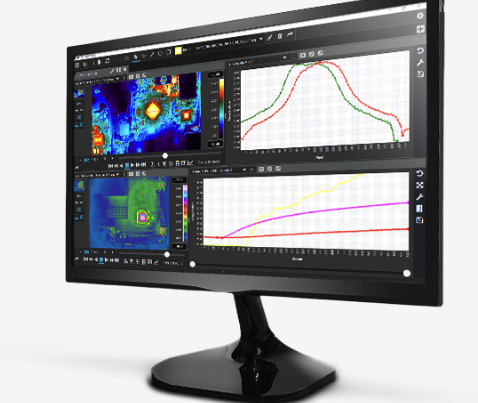 Research Studio 3.0 LAUNCHED April 2023 FLIR Research Studio is designed to work the way you do, providing robust recording and analysis capabilities with an intuitive user interface for a...
Research Studio 3.0 LAUNCHED April 2023 FLIR Research Studio is designed to work the way you do, providing robust recording and analysis capabilities with an intuitive user interface for a...
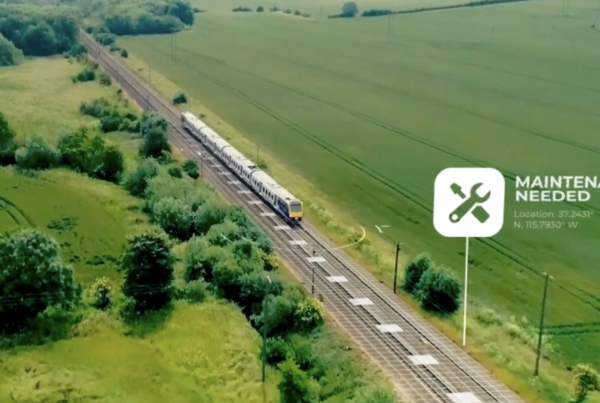 On the right track: UK rail operator trials ‘Intelligent Train’ prototype to transform transport network Rail operator Northern is trialing a new state-of-the-art train to help radically improve infrastructure issues...
On the right track: UK rail operator trials ‘Intelligent Train’ prototype to transform transport network Rail operator Northern is trialing a new state-of-the-art train to help radically improve infrastructure issues...
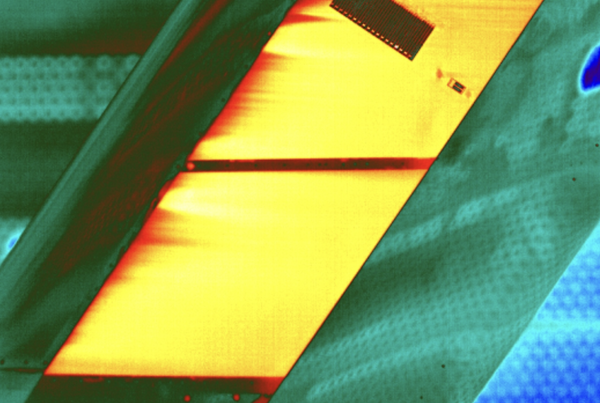 Thermal imaging at Mach 1.4 - improving aircraft performance at the Aircraft Research Association Aircraft Research Association (ARA) is a UK-based aerodynamics research institute working on innovative projects for the...
Thermal imaging at Mach 1.4 - improving aircraft performance at the Aircraft Research Association Aircraft Research Association (ARA) is a UK-based aerodynamics research institute working on innovative projects for the...
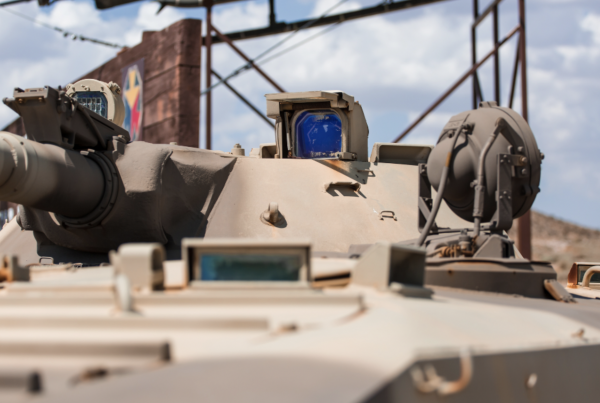 Helping QinetiQ develop next-gen military camouflage and stealth technology QinetiQ is a British multinational defence technology company and a world-leading provider of unmanned air, land and surface targets for live-fire...
Helping QinetiQ develop next-gen military camouflage and stealth technology QinetiQ is a British multinational defence technology company and a world-leading provider of unmanned air, land and surface targets for live-fire...
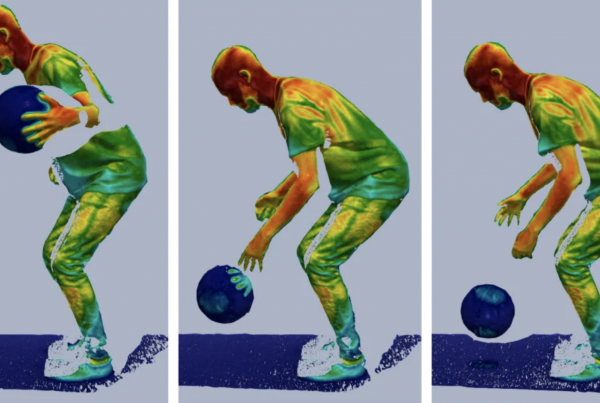 High Speed Thermography Combines Dynamic Spatial 3D and Thermal Data Researchers at the Fraunhofer IOF in Jena have developed a camera system for the three-dimensional detection of objects with two...
High Speed Thermography Combines Dynamic Spatial 3D and Thermal Data Researchers at the Fraunhofer IOF in Jena have developed a camera system for the three-dimensional detection of objects with two...
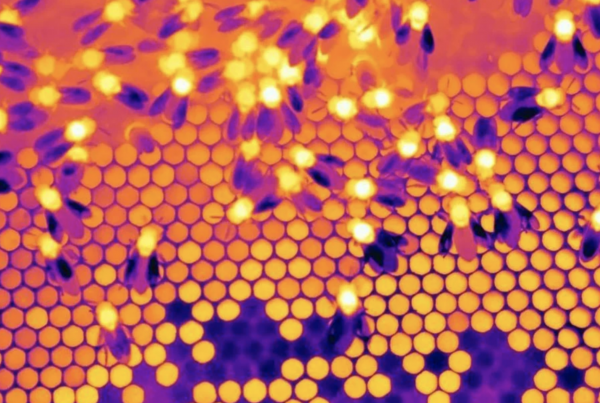 Saving Beehives With FLIR Thermal Cameras Beekeepers are increasingly turning to thermal imaging to help them care for their bees, especially during winter. Master beekeeper Rusty Burlew, who writes and...
Saving Beehives With FLIR Thermal Cameras Beekeepers are increasingly turning to thermal imaging to help them care for their bees, especially during winter. Master beekeeper Rusty Burlew, who writes and...
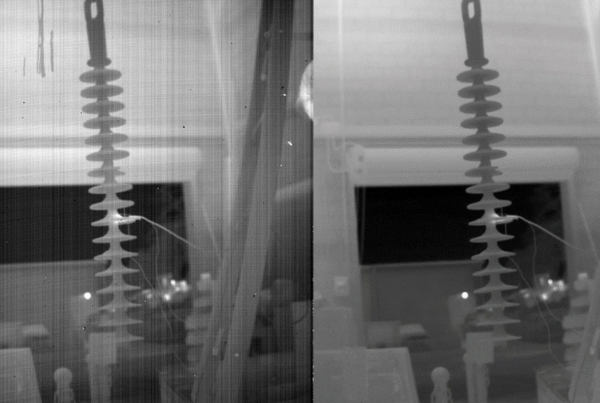 What is a Non-Uniformity Correction (NUC)? If you’re wondering why your thermal image sometimes freezes and the camera makes a clicking noise, there’s no need to be alarmed, it’s performing...
What is a Non-Uniformity Correction (NUC)? If you’re wondering why your thermal image sometimes freezes and the camera makes a clicking noise, there’s no need to be alarmed, it’s performing...
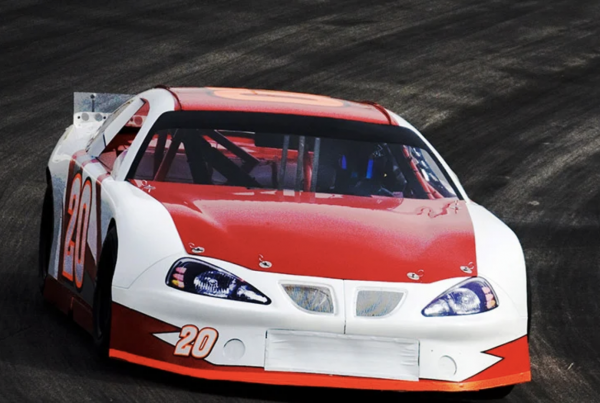 High-Resolution FLIR Camera Brings Science to the Racing Track Engine pre-heating systems are becoming an ever more valuable asset and even a competitive advantage on today's car racing tracks. Many...
High-Resolution FLIR Camera Brings Science to the Racing Track Engine pre-heating systems are becoming an ever more valuable asset and even a competitive advantage on today's car racing tracks. Many...
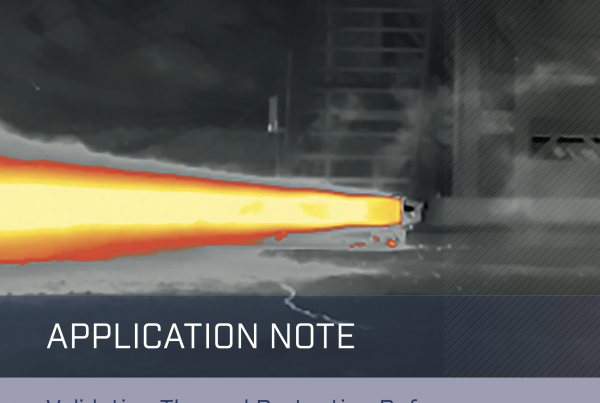 Validating Thermal Protection Before a Space-Shot Launch Neil Tewksbury and his team at the University of Southern California Rocket Propulsion Lab want to blast a rocket into space. As part...
Validating Thermal Protection Before a Space-Shot Launch Neil Tewksbury and his team at the University of Southern California Rocket Propulsion Lab want to blast a rocket into space. As part...

